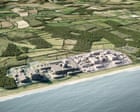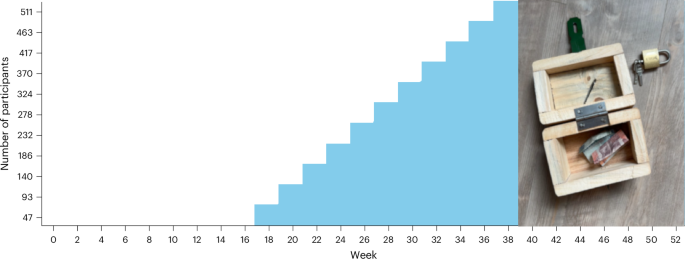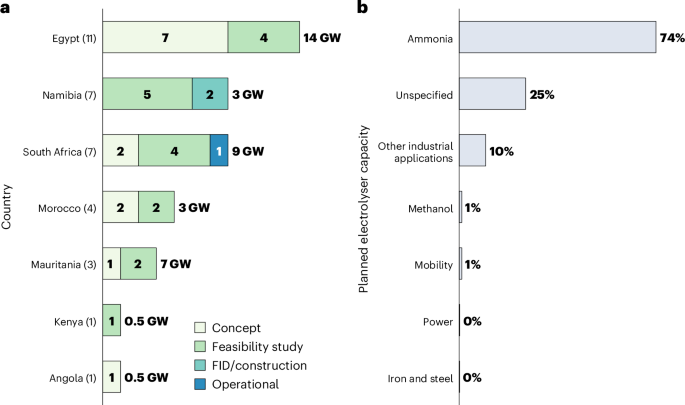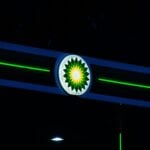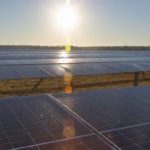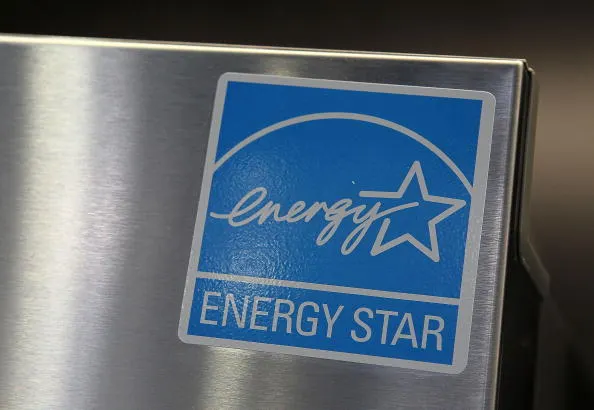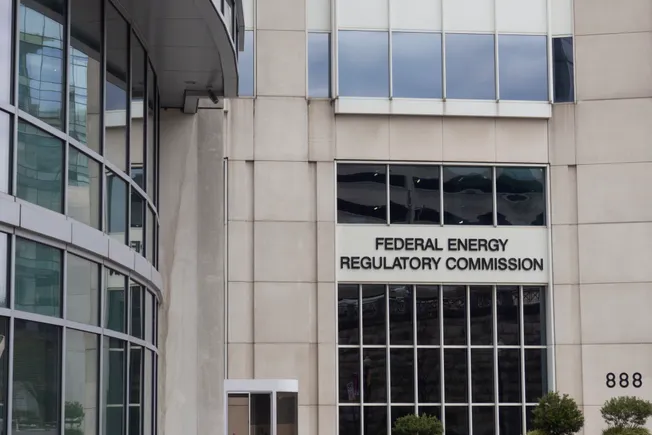Kelp and Cartilage Acellular Matrix Hybrid Microgel Assembly Realizes Articular Cartilage Repair Via ROS Scavenging, Endogenous BMSC Recruitment and Chondrogenic Differentiation
Advanced Healthcare Materials, EarlyView.

A Kelp and cartilage cellular matrix hybrid microgel assembly is developed. This microgel assembly synergetic effect of ROS scavenging achieved by KACM, BMSC recruitment reinforced by SIM, and chondrogenic differentiation induced by CACM, microfracture-based articular cartilage repair is improved dramatically. The integration of animal-derived ACM with plant-derived ACM opens a new pathway for scaffold construction in tissue engineering and regenerative medicine fields.
Abstract
Articular cartilage repair remains challenging due to the inherent poor self-healing capacity and acute inflammation resulting from the over expression of intracellular reactive oxygen species (ROS). Although microfracture is frequently used in practical surgery, the newborn cartilage always exhibits fibrosis, mainly attributed to the weak ROS scavenging and mismatched microenvironment that fails to induce chondrogenic differentiation of bone marrow mesenchymal stem cells (BMSCs). Herein, a novel simvastatin (SIM)-incorporated kelp and cartilage acellular matrix hybrid (labeled as SIM@KACM/CACM) microgel assembly with enhanced ROS scavenging, endogenous BMSC recruitment, and chondrogenic differentiation capabilities is constructed to improve microfracture-based articular cartilage repair. The kelp acellular matrix exhibits low immunogenicity, high biocompatibility, and ROS scavenging properties, whilst the sustained SIM release promotes BMSC recruitment from the bone marrow cavity. Meanwhile, the microenvironment and bioactive factors conferred by CACM facilitate the BMSC proliferation and differentiation into hyaline cartilage. In addition, the construction of porous microgel assembly via dynamic Schiff's bonds endows excellent injectability and tissue adhesion, which not only enhances its retention in the defect site after injection but also provides abundant sites for BMSC anchoring and infiltration. Due to the synergetic effect of the above-mentioned multiple factors, the articular cartilage repair is improved dramatically.










































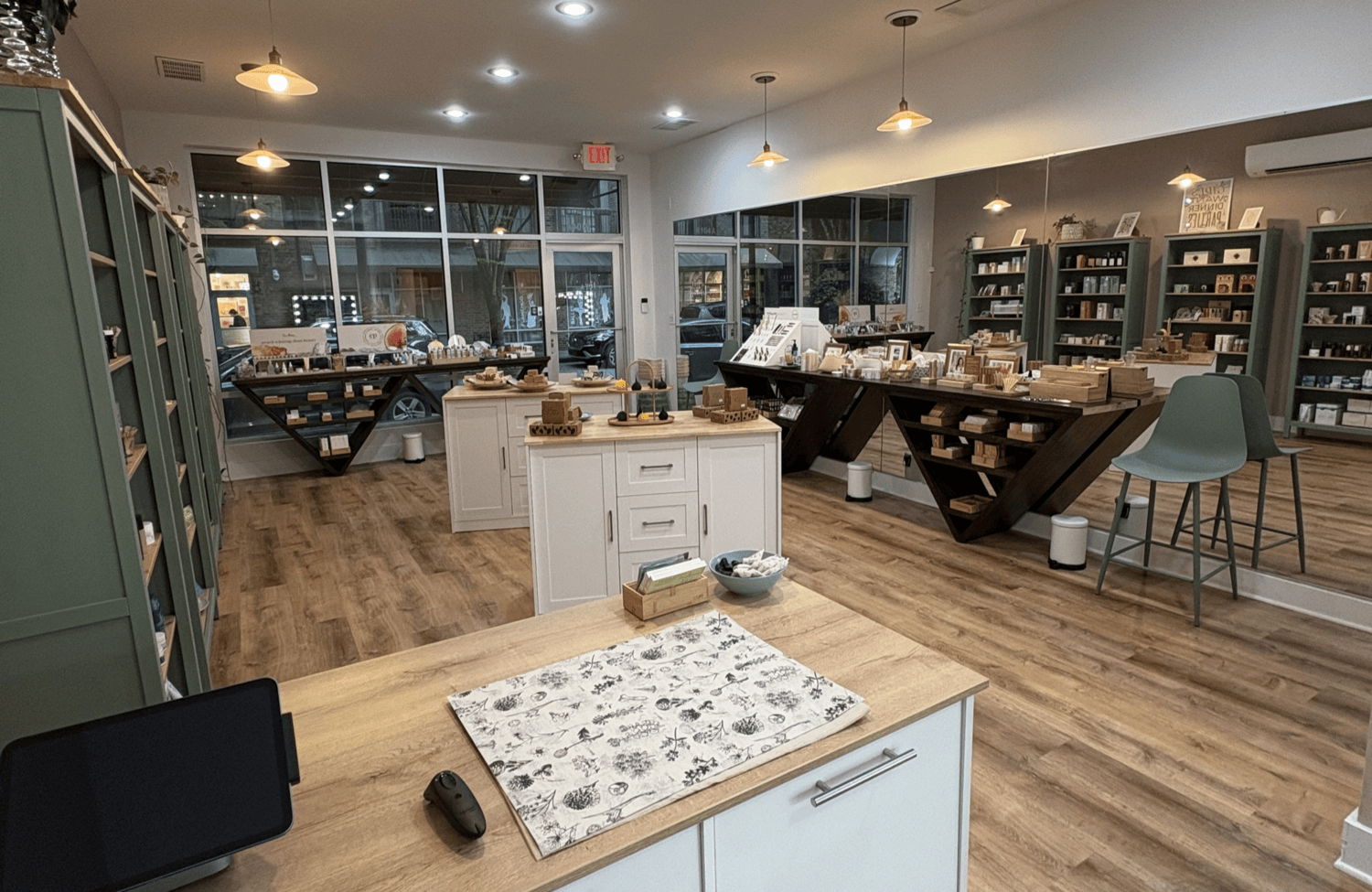
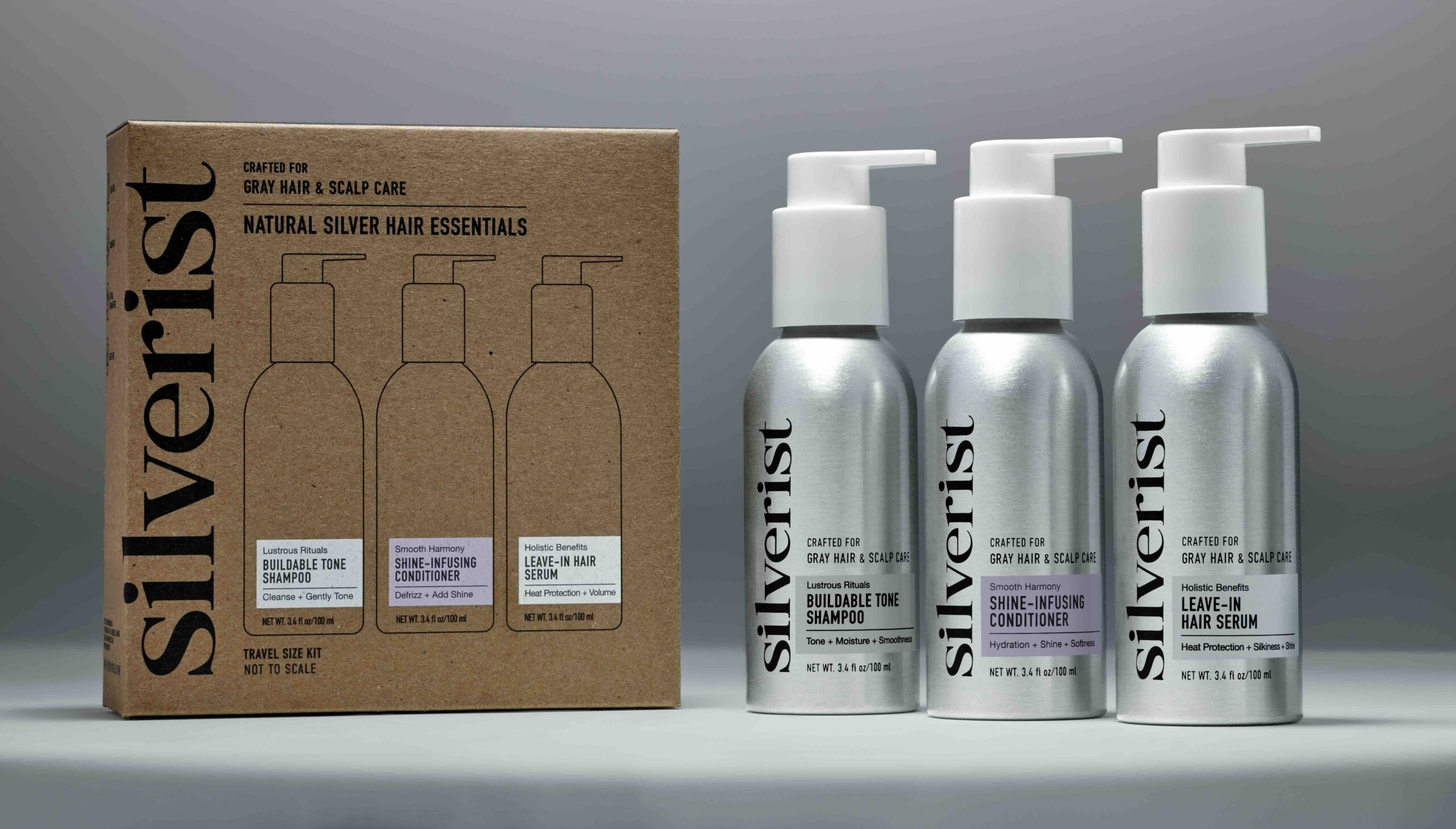
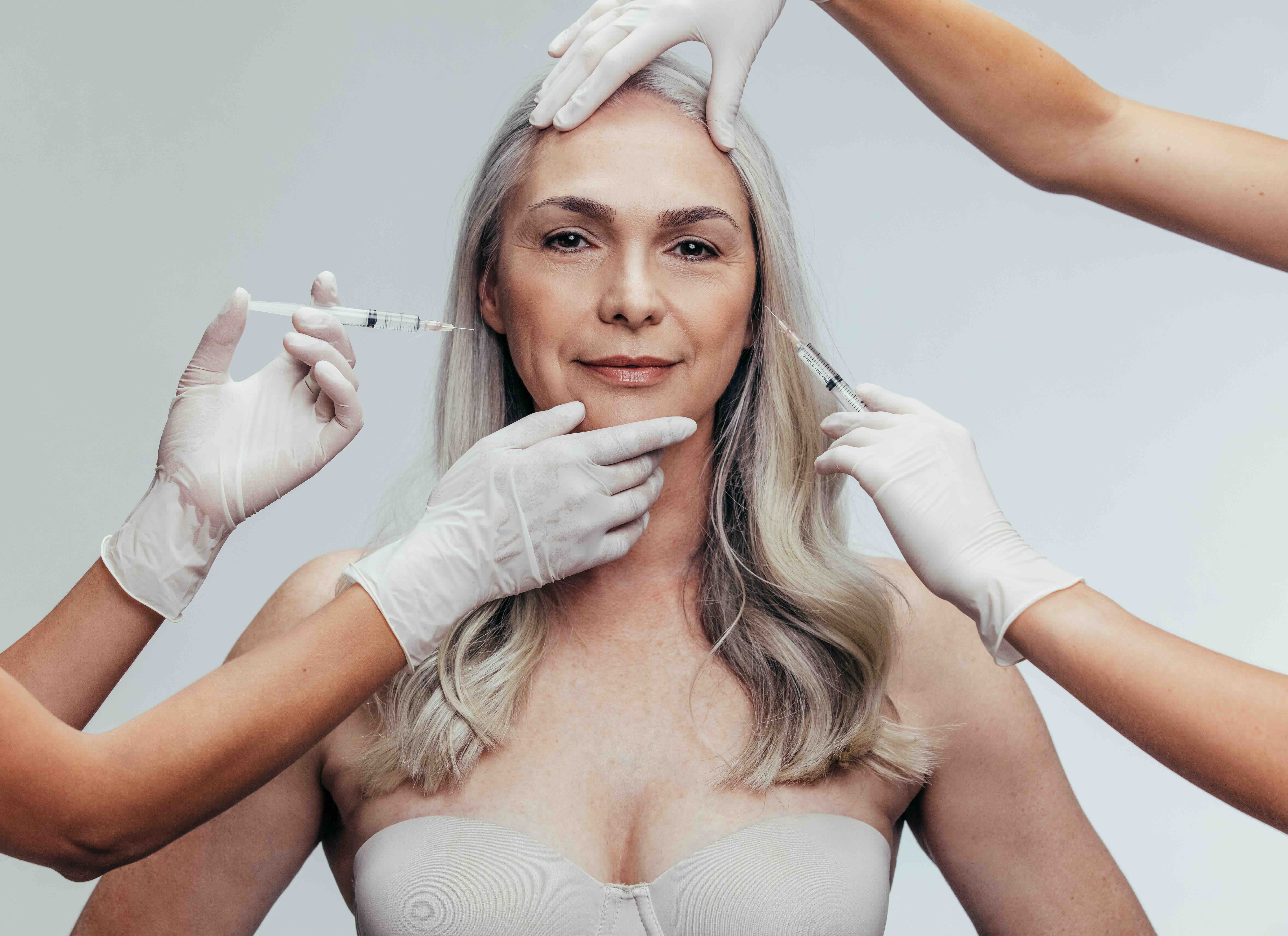

















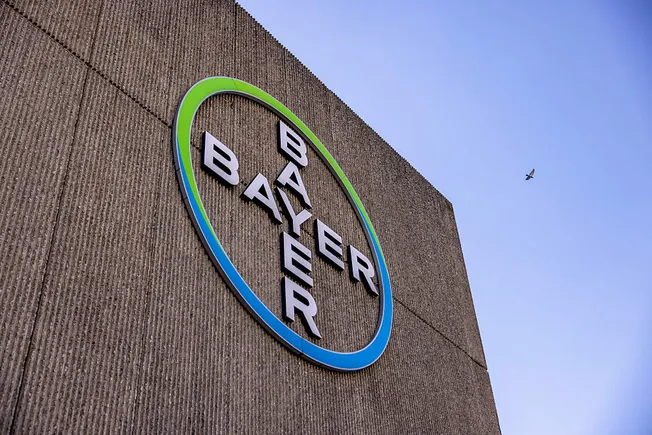
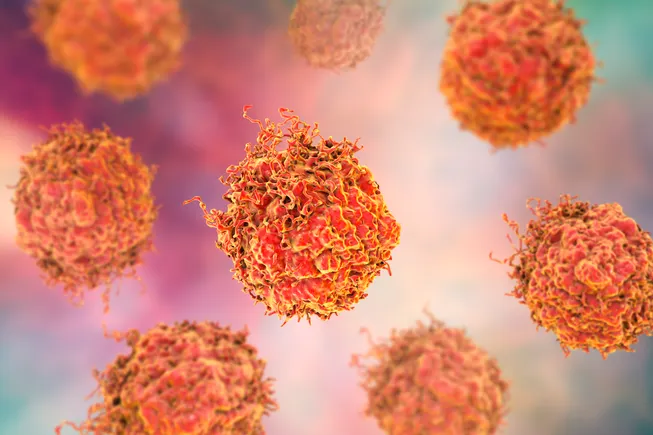
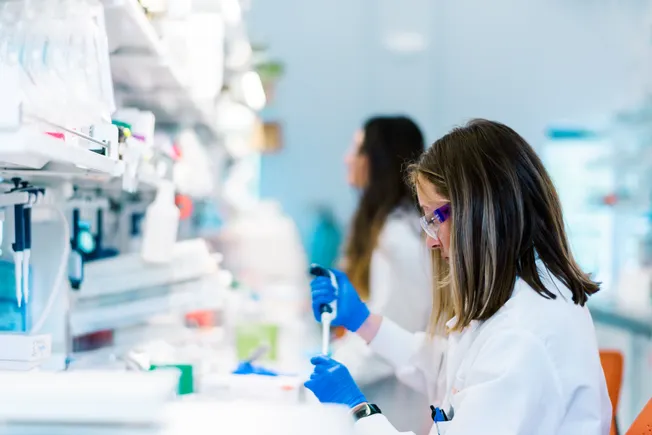




















![[Video] The Weekly Break Out Ep. 20: Pacific policy in Singapore and the UK’s new defense plan](https://breakingdefense.com/wp-content/uploads/sites/3/2025/06/Break-Out-ep-20-thumb-Play-Button.jpg?#)

































